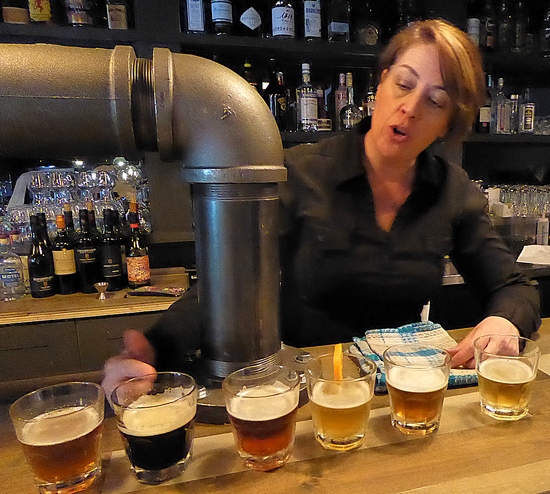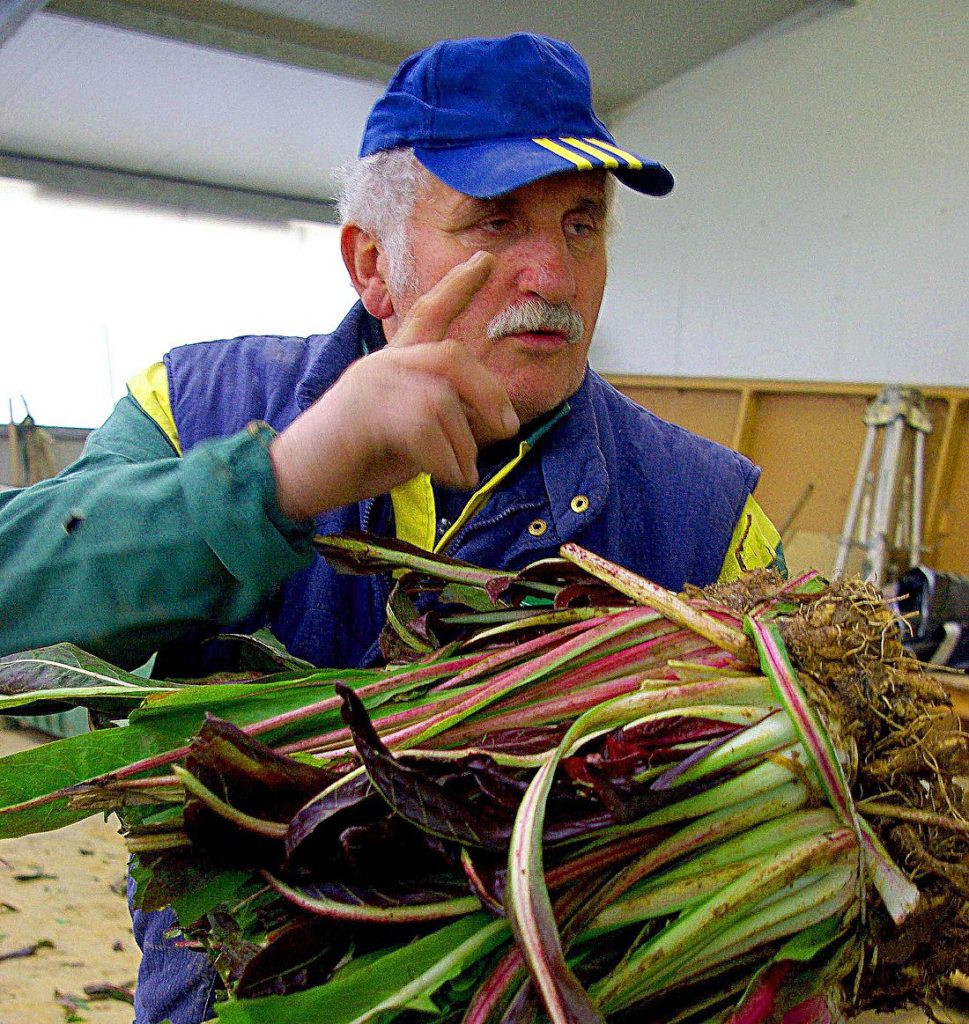The Wine List on HungryTravelers
Here are some links to posts about these wines:Argentina-MendozaBarons de RothschildCôtes de ProvenceFranciacortaFrescobaldiMontepulciano d'AbuzzoNew ZealandPantelleriaPaso RoblesPortugalProseccoSan Luis ObispoTrentino VQA OntarioWashington State




